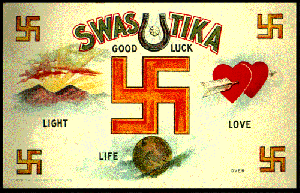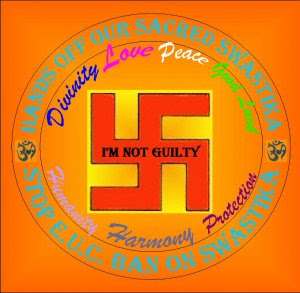
Typography for Children
It's hard to believe that a common practice such as children's typography would take well over 60 years to reach full dominance. In many instances, great things must take time, so it would be safe to assume that anything higher than great would take longer.
What makes this all the more intriguing is that the text used in early children's books rarely matched the child-like sensibilities that the accompanying illustrations had. It wouldn't be until AFTER post-WWII period artists and illustrators finally reconsidered audience selectivity and did their parts in solidifying their ro
 le in the evolution of this monumental typeface.
le in the evolution of this monumental typeface.The books with such major changes in the text initially became very hard to come by, as many collectors - not children, as previously thought -- wound up with the books that might eventually nab them millions.
Over time however, such books became more widely published, due in part to the resulting success of the 'experiment.'
These 'experiments' eventually gave way to more research as certain anomalies in typeface composition started to influence the
From 1950 to the 80's children's books benefited greatly not only from the typeface but by the developments in the actual illustrations in the books themselves. Renowned progressive artist Leo Lionni sia d it best claiming that "typography should seen and not heard, because reading is functional and should not be tampered with." Simply put, it shouldn't matter what type is used because it's the overall pictures that children are most captivated by.

Reaction: I was unable to locate the actual images in the article,but I did manage to find some creative uses of typography
nontheless. It seems almost as if many heard Lionni said and took notice. Each picture has an example of uniqueness and thinking outside the box, two qualities that I admire in all art forms.
Images:
-Flash Gordon: a. Ross MacDonald. illustrator, old-fashioned letterpress typography, prints and binds movie props using traditional methods.
-Alphabeasties – A new children’s book featuring illustrations of animals formed from letters. Designed by Sharon Werner and Sarah Forss from Saint
Paul, Minnesota’s own Werner Design Werks, Inc. (via Howmagazine)
-Scary Halloween Books - one of the artists (unknown name) first forays into Illustrator. Not bad.












